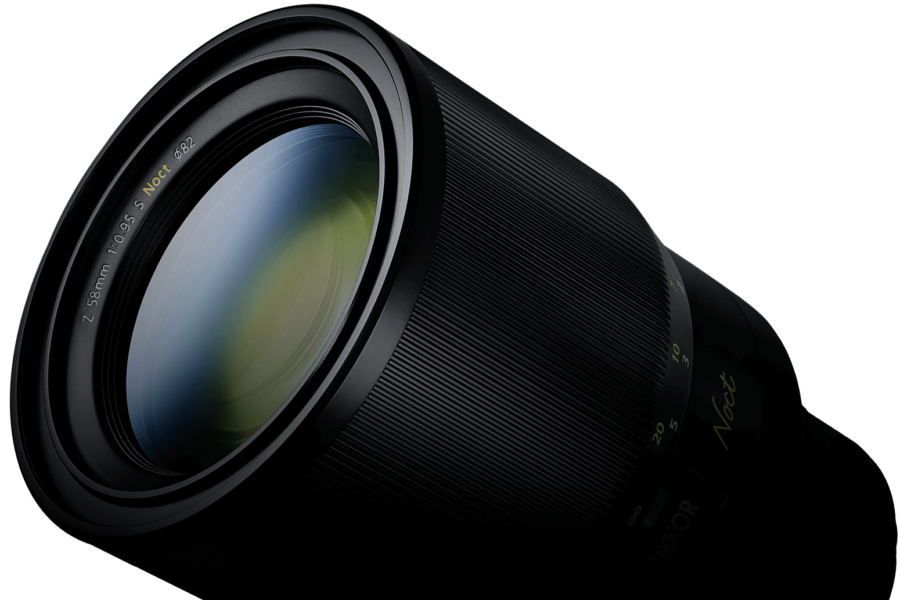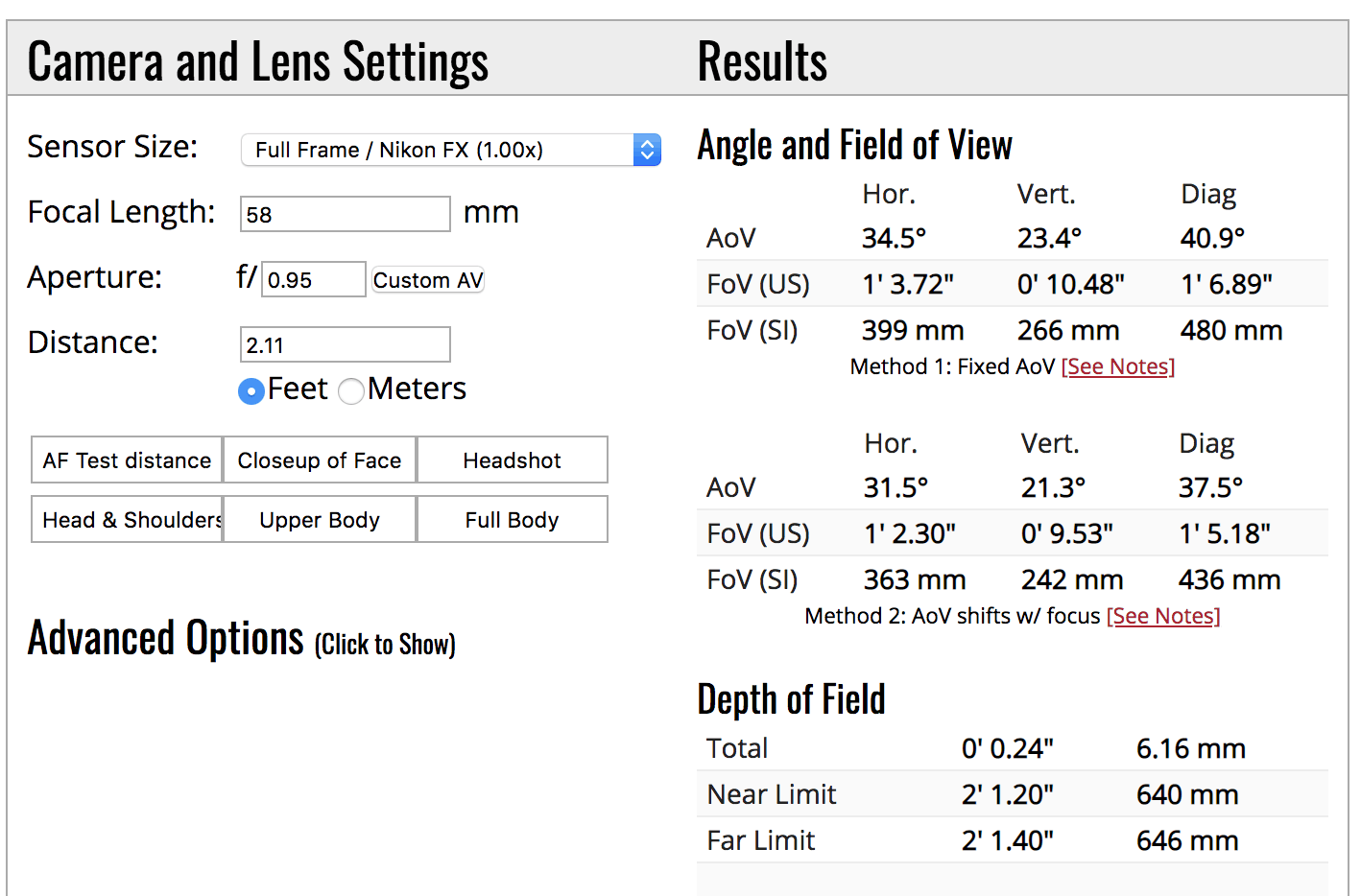Share
How Much Depth-of-Field Do You Get with Nikon’s 58mm f/0.95 lens?
Along with the announcement of Nikon’s new mirrorless Z-system was the development announcement of a 58mm f/0.95 Noct lens. The Z-mount’s huge ...

Along with the announcement of Nikon’s new mirrorless Z-system was the development announcement of a 58mm f/0.95 Noct lens. The Z-mount’s huge inner diameter of 55mm (the F-mount has a 44mm diameter) means more light collection capability, which enables ridiculously fast lens design. Nikon’s F-mount 58mm offering tops out at f/1.4.

Of course, the larger the aperture, the shallower the depth-of-field. If you’ve ever shot headshots with a longer lens wide open you know how frustrating it can be to nail focus on the eyes when dealing with razor-thin DOF. The sway of your body can easily mean the difference between awesome and garbage.
For non-macro photography, DOF is affected by lens focal length, aperture, circle of confusion (which is linked to sensor size), and distance to the subject. There’s a number of online DOF calculators like this one from pointsinfocus.com.

For a headshot (~2.11 ft/0.644 m), the DoF is 6.18mm. As a point of comparison, the average eyelash is about 10mm. At f/1.4, the DoF is 9.08 mm – nearly 50% greater!

For a head and shoulder shot (~3.7 ft/1.13 m), the DoF is 19.8mm, which is about a long fingernail’s length.
In other words, shooting wide open for a headshot is likely impractical, but other creative possibilities are ripe for exploration. So if you can get over the speculatively rumored price tag of $6,000, we’ll be excited to see what you come up with.


